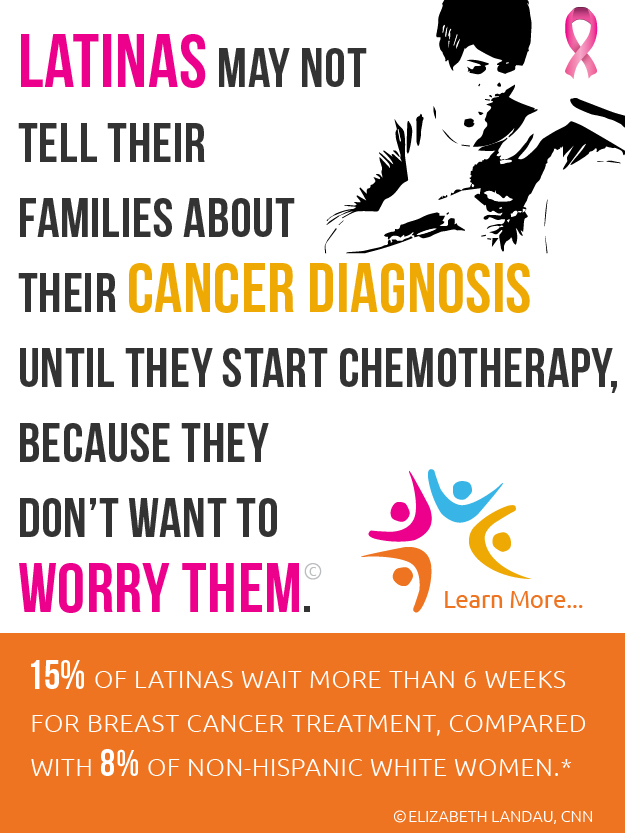
CDC: Autism prevalence rises to 1 in 59 children
05/23/2018 06:00AM | 5862 viewsBy Allen Cone
The prevalence of autism has been raised to 1 in 59 children by the Centers for Disease Control and Prevention in tracking of 11 communities across the country.
The latest estimate of 1.7 percent is higher than the 1.5 percent -- or 1 in 68 -- in the 2016 report, the CDC announced Thursday in a report. From 2000-02, it was one in 150 children.
Autism, which develops in childhood and continues through adulthood, is a neurological and developmental disorder. It can cause issues with social skills, repetitive behaviors, and speech and nonverbal communication.
"These findings demonstrate that while progress has been made on some fronts, there is still much work to do," Autism Speaks President and Chief Executive Officer Angela Geiger said in a press release. "They urgently warrant a significant increase in life-enhancing research and access to high quality services for people with autism across the spectrum and throughout their lifespan."
The data were derived from CDC's Autism and Developmental Disabilities Monitoring Network of 325,483 8-year-old children in Arizona, Arkansas, Colorado, Georgia, Maryland, Minnesota, Missouri, New Jersey, North Carolina, Tennessee and Wisconsin. It represents about 8 percent of 8-year-olds in the United States in 2014.
The rate of autism in the communities ranged from 1.31 percent in an Arkansas community to 2.93 percent in a community in New Jersey.
The CDC noted that the variances could be due to differences in how autism is being diagnosed and documented, said the percentage change could be due to improved autism identification in minority populations.
Autism remains more common in white children, but prevalence is growing in Hispanic and African-American children, as well. Autism in white children was shown to be 7 percent greater than that among black children and 22 percent more than that among Hispanic children.
"Autism prevalence among black and Hispanic children is approaching that of white children," Dr. Stuart Shapira, associate director for science at CDC's National Center on Birth Defects and Developmental Disabilities, said in a press release. "The higher number of black and Hispanic children now being identified with autism could be due to more effective outreach in minority communities and increased efforts to have all children screened for autism so they can get the services they need."
Also, autism remained more prevalent in boys -- at 26.6 per 1,000 -- than in girls, at 6.6 per 1,000.
The CDC broke down autism by degree of intellectual ability. Among the nine sites with sufficient data on intellectual ability, 31 percent were classified in the range of intellectual disability with an IQ less than 70, 25 percent were in the borderline range of 71-85 IQ and 44 percent had IQ scores in the average to above average range of more than 85.
Among the 11 communities, fewer than half received their first autism diagnosis by 4 years old.
About 85 percent of those with autism had concerns about the need for developmental evaluation by 3, but only 42 percent received a developmental evaluation by then.
"Parents can track their child's development and act early if there is a concern," Shapira said. "Those who work with or on behalf of children can join forces to ensure that all children with autism get identified and connected to the services they need as early as possible. Together we can improve a child's future."











Post your Comment
Please login or sign up to comment
Comments